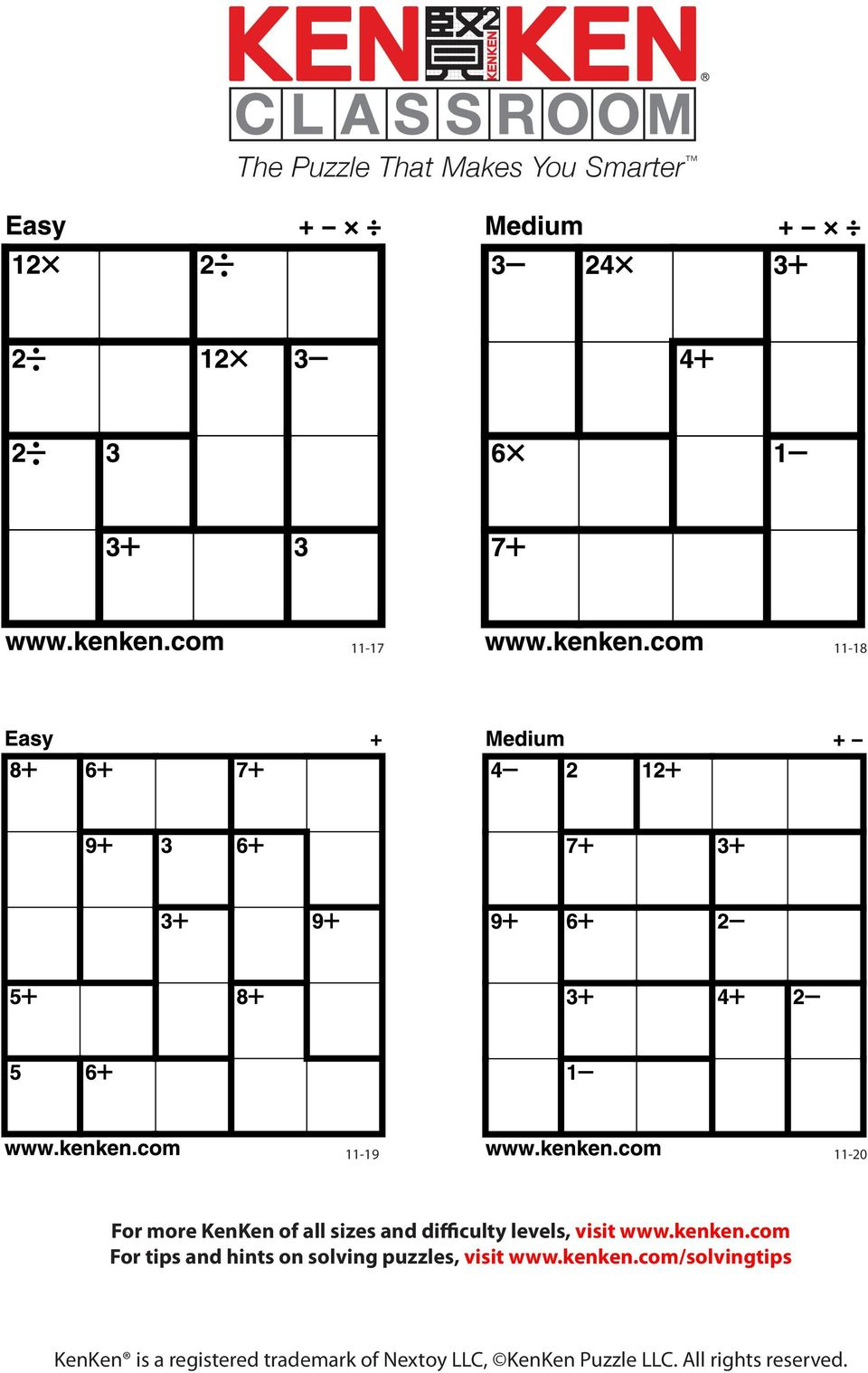


#LIGHTS OUT PUZZLE 6X6 MOVIE#
I took the Avengers: Infinity War movie poster and splitted the image in equal parts. Therefore, we can’t re-use an image and we’ll have to split it. Sadly, there is no background-position property available in Xamarin.Forms like CSS. You can easily change this with other animations if needed, but it gives the game a neat effect.Īwait _foreground.RotateYTo(-90, 400, Easing.CubicIn) Īwait _background.RotateYTo(0, 400, Easing.CubicOut) Īwait _background.RotateYTo(90, 400, Easing.CubicIn) Īwait _foreground.RotateYTo(0, 400, Easing.CubicOut) The exact same animation has been used as the Flip-animation in the Xamarin.Forms animated profile cards. The added TapGestureRecognizer throws a TileTappedEventArgs when tapped and includes these coordinates.Ĭheck out the full implementation as well.The Tile itself knows which X & Y coordinates it holds in the Grid.These are simply all the elements we need in order to make the sample look like cards. On top of that, there’s another invisible frame that can receive the Tap-events using a TapGestureRecognizer. The setup is a base class with a an background and Image that are placed “on top” of each other. The tiles that are part of the grid have some of the same logic we used in the Xamarin.Forms animated profile cards. Now, let’s see how we can create the tiles! Tiles An 'x' means “frontside-up” while 'o' means “backside-up”. We’ll use this structure under the hood to know which tiles need to be flipped to start the game. It’s easy to work with (in code), but also great to see how the field is going to look like eventually, since the code exactly represents the field. To create the levels, I once again used a two dimensional array that represents the playing field.


 0 kommentar(er)
0 kommentar(er)
